Down Bad for Speed Racer
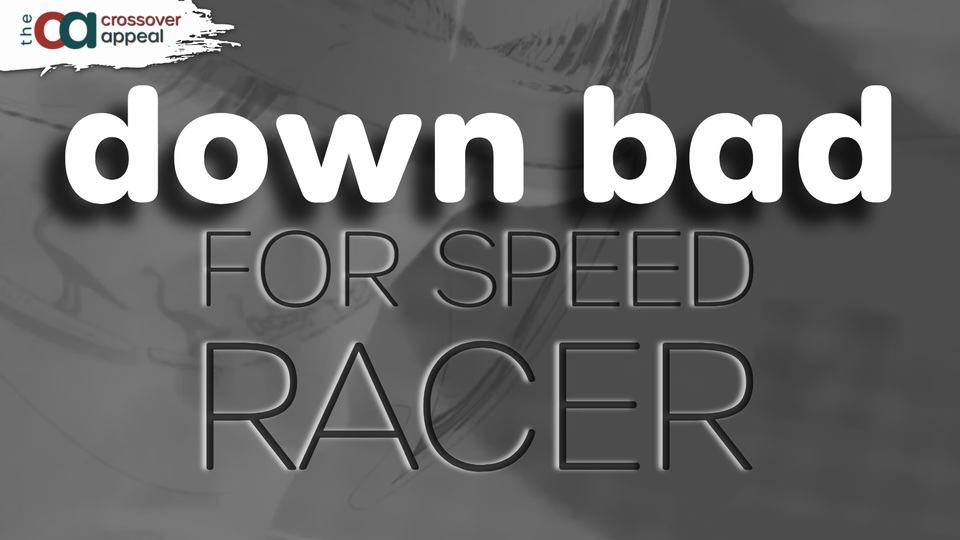
One of my favorite pieces of media criticism is the last 25 years is RS Benedict’s sensational, “Everyone is Beautiful and No One Is Horny”. Its basic thesis is this: the superhero movies of the 21st century, especially those typified by Marvel’s house style, reflect a growing obsession with obscenely fit bodies, conforming to impossible sex appeal standards, but without any of the actual desire, chemistry, or panache, that characters in movies from the 80s and 90s seemed to possess. The piece connects sexiness to liveliness, drawing a thread through diet culture, McMansions, and gym advertisements to argue that we’ve swapped action heroes out for action figures in our movies. We are producing a culture wherein our bodies are
“no longer a holistic system or a vehicle through which we experience joy and pleasure during our brief time in the land of the living. It is not a home to live in and be happy. It [like those McMansions] is a collection of features that exist not to make our lives more comfortable, but to increase the value of our assets.”
I like this article for how it expresses this deep dissatisfaction I’ve grown to harbor for contemporary blockbusters while avoiding trite complaints about "Disney-fication". These are films for an age that increasingly seems uncomfortable with the proximity of bodies for anything besides mass violence. Because, to be clear, this isn’t an argument for movies needing more sex scenes - though maybe that's an argument worth making. It’s about the way that none of our biggest movies feature characters who seem like they’ve even heard of sex. They’ve all been delivered into the world by mechanical storks where they’ve done 100 pull-ups every day waiting for the moment that their muscles might attract a fight or a recruiter rather than a date.
Look at the first Iron Man movie. We are told Tony Stark is a playboy millionaire (and to its credit, this is the only Marvel film I can think of where he actually does have sex, albeit offscreen and before his heroic transformation into Iron Man) but the only body count that film is actually concerned with is the number of vaguely middle eastern terrorists he massacres in both his capacity as a weapons merchant and a pilot of this new death-dealing mech suit miracle. As the Marvel house style would develop, it would fully abandon even the mild frisson of Tony’s early escapades while fully embracing a penchant for mass, nondescript fatality. And here, nearly two decades into the superhero blockbuster experiment, we’re mostly left with anodyne action movies where the bodies have gotten veinier and bulgier but, somehow, also smoother than a Ken doll.
But what if things had gone differently? What if instead of this steady parade of slick, expensive comic book adaptations, sanded down as they are to their most pro-military, pro ubermensch selves, we had embraced a cinematic aesthetic of excess, exuberance, and feeling? What if instead of perfectly chiseled, pathologically dieted bodies we had softer, goofier, more expressive bodies to connect with?
Speed Racer is a window into that world.
When Speed Racer hit theaters in early May, 2008, it landed with an audible thump. The first follow-up for the Wachowskis after closing out their wildly successful Matrix trilogy, Speed Racer’s expensive looking visuals and ecstatic, candy-coated action failed to connect with audiences. Given the pedigree, the budget, and the cast, it’s a surprise, even now 17 years later, how badly this movie performed with critics and audiences alike. It sat at a 42% on Rotten Tomatoes and on a budget of $120 million, only made $95 million globally.
Less than a week before Speed Racer crashed, another big budget risk debuted but to a much more positive reception. That’s right - Iron Man, the point of origin for nearly two decades of franchise superhero filmmaking, blasted onto screens May 2nd and showed us that jingoistic violent fantasies about weapons merchants and sexless demigods were the future of movies.
In 2008, there was less separating the source material between these two films to the average American than you might think. Iron Man was a mostly unlikeable C-tier comic book character with a niche following and Speed Racer was a generation-old Japanimation classic relegated to rerun syndication. It was not obvious that one of these two properties would yield a trillion dollar industry and the other would fade into obscurity. And while today Speed Racer has begun to get its flowers as it undergoes something of a critical reappraisal, it nevertheless remains jarring to watch in 2025, conditioned as we are by years and years of the aesthetic monoculture that Iron Man ushered in.
Speed Racer is a family movie. It’s fundamentally wholesome, interested in lionizing a family who loves each other even more than they love racing. Which is saying something for a family whose last name is literally Racer. The Racer family is pitted against a massive capitalist conspiracy where the villains are legible by how much they love money and how little they love going fast. In fact, that’s sort of the defining feature of Speed Racer’s moral universe. Anyone who loves racing for any reason other than the sheer pleasure of it is, invariably, a fucking weirdo. Maybe even a pervert. Certainly a villain. This movie is wholly uninterested in interrogating this, by the way, at least with its plot. The story and characters take completely for granted that you, the viewer, are already fully on board with the idea that going fast because it feels good and is very very cool are sufficient evidence of moral righteousness.
Instead, it’s the aesthetics of Speed Racer that provide the persuasion. The opening twenty minutes of Speed Racer are a clear statement of intent, offering a swirling, breakneck blend of spectacular racing action in the current moment and flashbacks to Speed’s deepest childhood traumas, all stitched together by a literally rotating cast of trackside commentators yanking you from moment to moment like a time traveling Darrel Waltrip. It’s the filmic equivalent of totally bricked out audio production - loud, stacked, and compressed into a flashy explosion of feeling. Rewatching it for this piece I found myself suddenly moved to tears by the end of the sequence, as Speed crosses the line racing against the literal ghost of his dead brother, letting up on the accelerator at just the last moment to preserve his legacy. Everything about how this movie looks, feels, and sounds pushes your senses to the brink, leaving you open and vulnerable to the emotional work it's doing at every step.
When Speed stumbles out of bed the next morning to join his family for breakfast, modestly dressed in a white t-shirt and jeans, his girlfriend Trixie greets him, eyes wide and sly, and says, “hey superstar, have you seen the papers this morning? They’re all in love with you.”
You know. Because he’s fast.
The rest of Speed Racer follows this template - periods of intense, visceral action, all of it as bright as the sun and subtle as a gun, followed by slower narrative vignettes that serve only to affirm that Speed is right, good, and hot. It's a sparse line of narrative logic, but it’s all the movie needs to make you feel as down bad for racing as everyone else in this film.
The characters in Speed Racer are mostly wanting creatures. Not in the sense that they're destitute, but in the sense that they’re mostly defined by cravings, desires, and affections. And while they certainly bear their scars - the disappearance and death of eldest son Rex Racer chief among them - these scars aren’t their truest motivators. In fact, allowing their desires to push them past their scars is where characters get the energy to grow. Pops Racer allows the pain of losing his eldest son to clarify that what he really wants is love and connection with the children he has, even when they make decisions that disappoint him. Speed overcomes the crushing weight of cynicism by getting his ass in the drivers seat. Trixie wants Speed bad and reminds him that he wants her too at various moments throughout the film, leading to a series of near-miss kisses that eventually become the film’s final narrative payoff.
Mom Racer casts these desires in a telling light - not only as a sign of righteousness within the film’s moral economy, but also as something fundamental to the human experience. When her son reaches his lowest point, doubting that any of this is worth doing anymore now that he knows that race outcomes have been fixed by global corporations for years, she reminds him that racing isn’t about winning, but not with an “it’s about doing your best and staying true to yourself” cliche. Instead, Mom explains, with tears in her eyes, that what Racer does is art. It’s expression. It’s beautiful. In and of itself, because Racer is good at what he does and because he wants to do it so badly, the work he does with a car is gorgeous.
It’s a scene that you kind of have to squint at. The earnestness of it is so bright, so deeply uncynical, that our eyes aren’t really built to look at it straight on anymore. There are a number of scenes with that quality scattered throughout Speed Racer - corny, yes, but also affectionate and unselfconscious. They’re the kinds of lines and line readings that can only come from characters who are comfortable with wanting.
Which, in general, we are not anymore.
At the end of Speed Racer, when the final Grand Prix closes with Speed climbing out of his Mach 6 the winner, having blasted through a fantastical zoetrope tunnel in a shining flurry of lights and colors, he dips Trixie in front of flashbulbs and confetti for a kiss. Every other kiss so far in the movie has been thwarted, usually by the film’s Shia Lebeouf-coded kid brother, Spritle. This time, rather than popping out of the car’s trunk to interrupt like he did before, Spritle breaks the fourth-wall, addressing the audience directly to warn us that the following scene may be unsuitable to the “cootie-sensitive.”
Then, of course, they kiss.
Earlier in the movie, as Speed’s reputation as a driver begins to rise, Trixie corners him from the passenger seat of his car. She confesses that with all the attention he’s getting she’s starting to worry if he “wants this anymore,” meaning, her. She’s teasing him, of course, but she’s earnest too. And when Speed brainstorms a few ways to remind her that he wants her just as much as he wants to race, it’s a version of this very finish-line-kiss that he hits the jackpot with.
“Maybe at the end of some big race, when I pull into victory lane, I scoop you up and kiss you with thousands of flash bulbs going.”
It's love and sex as spectacle, same as racing. And same as racing, it's art too.
I can imagine this line in Iron Man, except instead of victory lane it’d be above a city in flames or on a spaceship somewhere or maybe in a high tech underground bunker. But the line wouldn’t feel the same. It wouldn’t be this cringey, this libidinous, this sincere. It wouldn’t need a kid brother safety character to address the audience and diffuse the genuine tension, because the characters would have already been winking at us all along. Tony Stark and Pepper Potts, unlike Speed and Trixie, are already perfectly suitable for the cootie-sensitive.
And so, as I watch them kiss at the end of this movie, I hear Trixie’s response to Speed echoing in my head, as though it’s a question to Kevin Feige himself:
“Would that be so terrible, Mr. Super Famous Race Car Driver?”
I really think it wouldn’t.

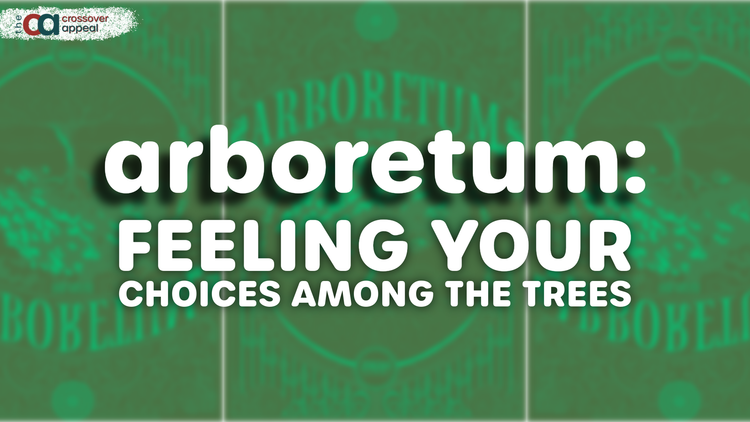
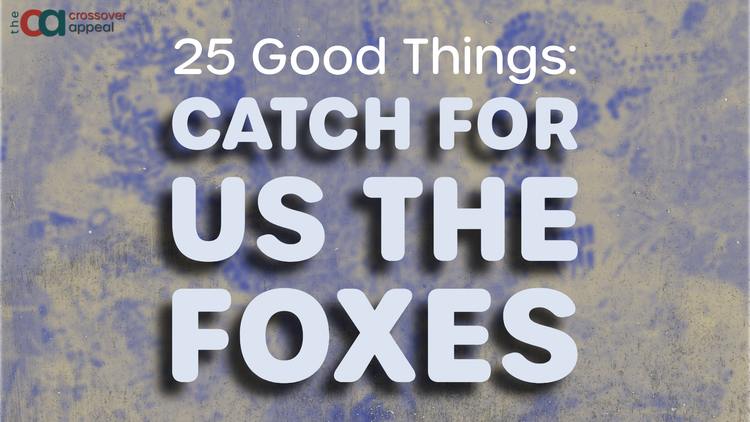
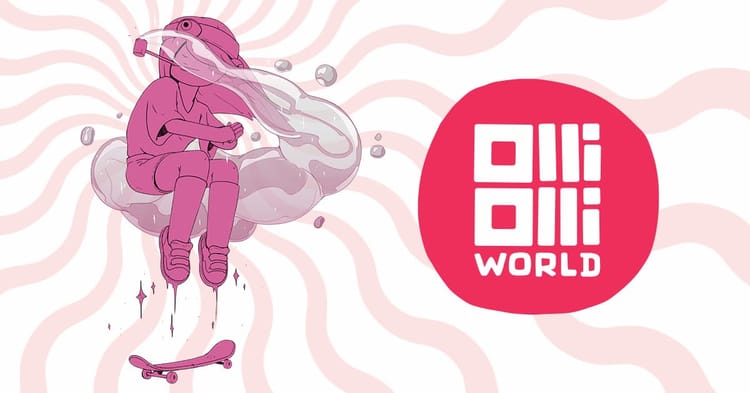

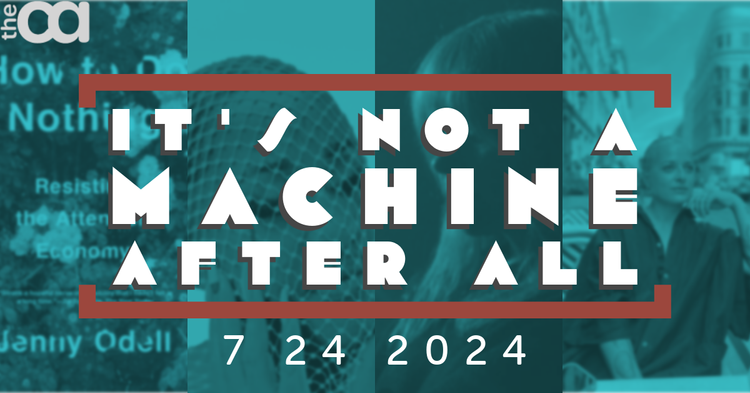
Member discussion